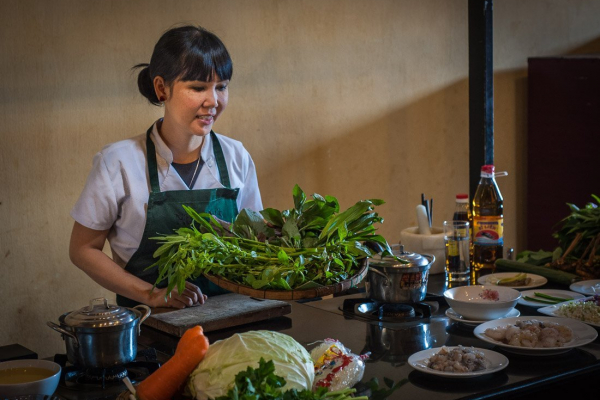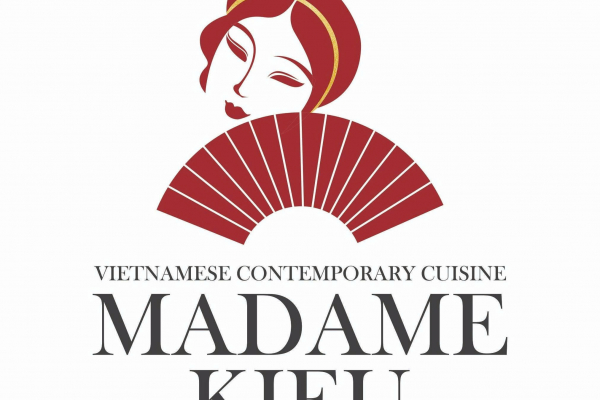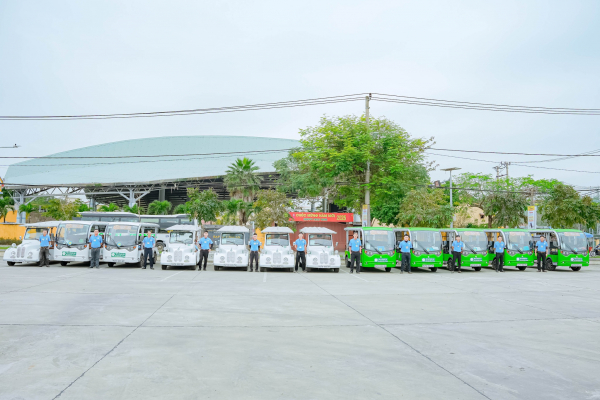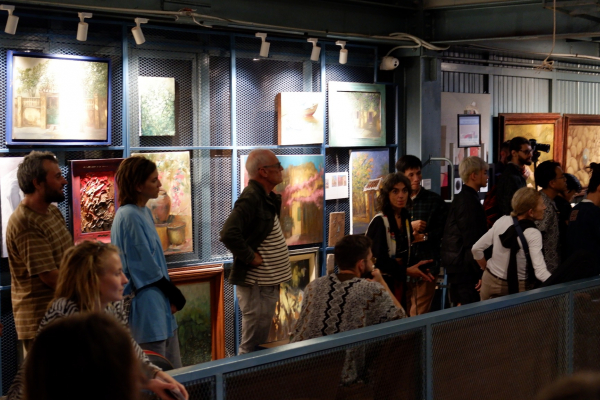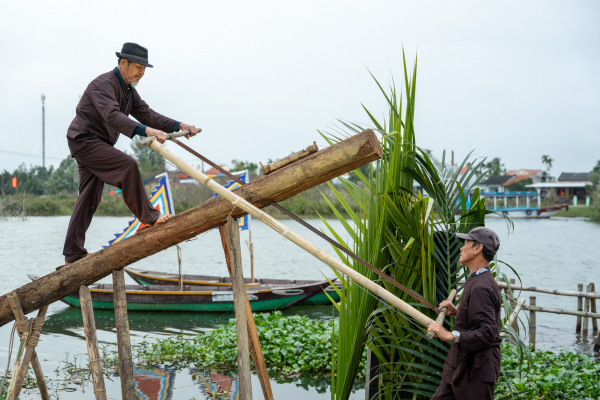The subject that makes Hội An attractive is definitely the identity of an ancient Vietnamese city thanks to the creativity of many generations. And, besides the existing names, Hội An city (Quảng Nam province) is in the process of re-establishing and defining the shape of a new urban area - UNESCO's Creative City.
.jpg)
The inner strength of the world heritage city
As an urban - famous commercial port in history, a place of convergence of ethnic groups (the residence of many ethnic groups) - rivers (the confluence of three major rivers in Quảng Nam) - cultures (the cultural inheritance of Sa Huỳnh - Champa, Vietnamese culture and the cultural integration of Japan, China, and the West), Hội An carries many layers of community creativity with unique cultural imprints. In particular, Hội An Ancient Town was recognized as a National Historical - Cultural Relic in 1985 and a World Cultural Heritage Site in 1999.
Kim Bồng carpentry village, Thanh Hà pottery village, Trà Quế vegetable village, Cẩm Thanh coconut - bamboo craft village, and Hội An lantern craft are among the 4 recognized occupation villages and 1 recognized craft in Hội An. But in reality, this riverside city has more craft potential than that.
Hội An is also a living museum preserving intangible cultural heritages due to the rich ecological environment of the estuary-coastal delta and the bustling commercial port. In particular, the art of Bài Chòi is an intangible cultural heritage recognized by UNESCO. In addition, folk performing arts are frequently heard in festivals and community activities to inspire residents.
Today, the ancient space with many cultural features of the neighborhoods on the banks of the Hoài River remains a meeting place for many artists, particularly young artists. Some units have initially promoted the traditional values of Hội An and become attractive cultural destinations, such as Thanh Hà Terracotta Park with an area of over 6,000m2, Lune Hội An Performance Center with a unique bamboo theater,... Architect Nguyễn Văn Nguyên from Thanh Hà pottery village - the owner of Thanh Hà Terracotta Park shared with Hanoimoi Cuoituan newspaper: “The project was built with a passion for the architectural space created from the village's materials, and a hope to create a destination connecting the village with locals, tourists with the village, pottery occupation with other occupations,...”.
These clear potentials serve as the foundation for Hội An and Ministry of Culture, Sports and Tourism experts to commence developing a project to meet the criteria of the creative city in the field of “Crafts and Folk arts”.
Hội An’s view is: “The rich and valuable cultural resources in many aspects are invaluable assets and the driving force for Hội An in its creative and innovative process. Joining the UNESCO Creative Cities Network will provide the city with new chances and prospects. It is an opportunity to share and introduce to international friends the values of “Crafts and Folk arts” that the city has owned, preserved and promoted over the years. This is also an opportunity for Hội An to learn from international experiences in the conservation and preservation of local tangible and intangible cultural values in the future.”
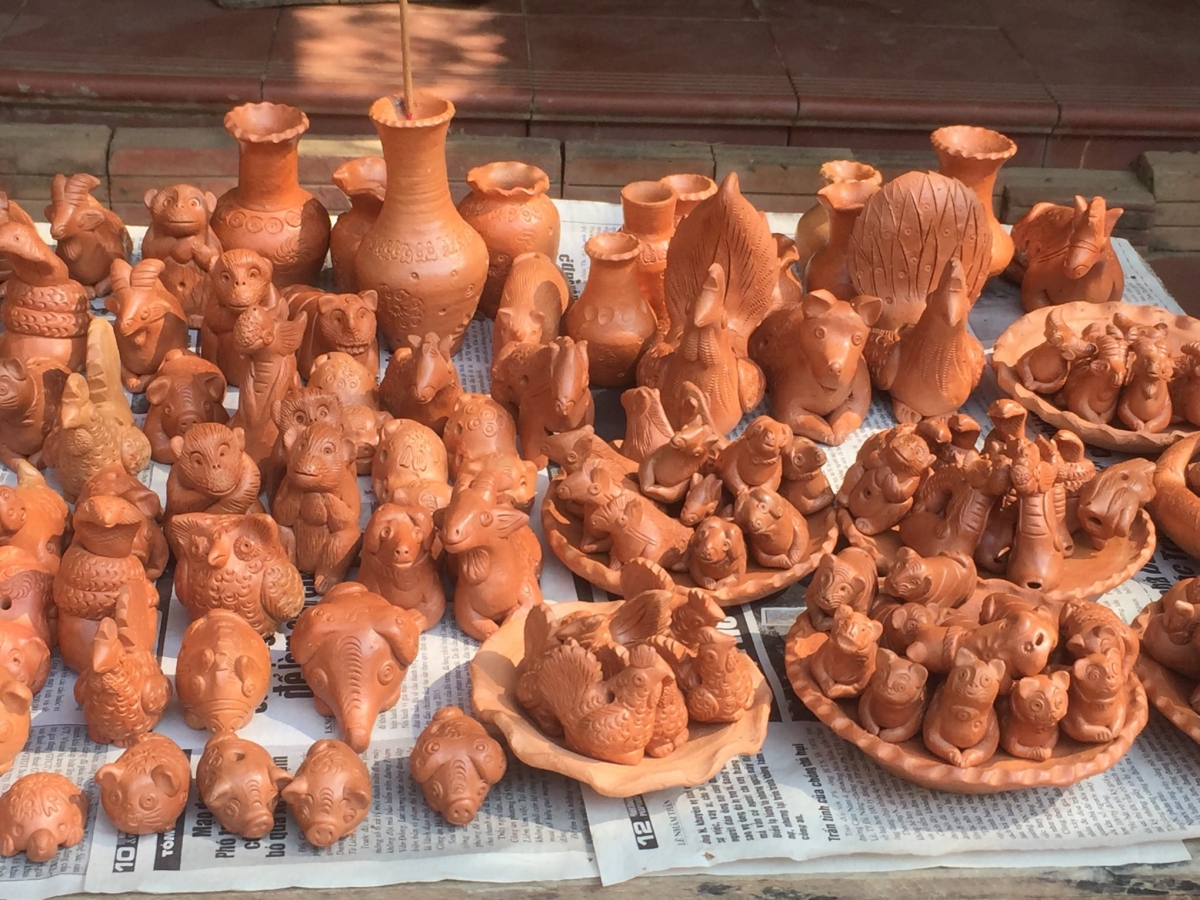
Inheritance and sustainable development
In the afternoon light that permeates the ancient pottery village, the old craftsman Nguyễn Văn Đông shares the story of this craft village that developed more than 400 years ago. Typical red ceramic products of Thanh Hà have been manufactured by craftsmen with skilled hands and craft techniques. The ancient craft space and production activities here have survived centuries of ups and downs thanks to the conservation policy. But he couldn't help but wonder all four of his children did not follow this traditional craft. Ceramic products rely heavily on tourism and lack a connection to the outside world.
Architect Nguyễn Văn Nguyên also wonders: Thanh Hà Pottery urgently needs a larger development strategy from the professional association and the city. In this case, the issue is not just the transmission of the profession, but also the training of human resources to satisfy the standards of product quality with high aesthetics. The development of a creative city provides a chance for Hội An to redefine the position of this craft village as well as renew this traditional craft.
Also, people in the fields of Trà Quế village are still busy cultivating vegetables - the product of Trà Quế vegetable farming, which was just registered as a National Intangible Cultural Heritage by the Ministry of Culture, Sports and Tourism on April 4, 2022. Not only the title, but a creative city will also have to "think" about how to promote the heritage values, as well as strongly connect vegetable farming here with many other industries such as cuisine, tourism, etc. so that vegetable farming becomes the long-term source of livelihood for locals.
Ms. Ngọc Cẩm, Director of Hội An city's Center for Culture, Sports, Radio and Television, shared “Being the first city in the country to choose the field "Crafts and Folk arts" for preparing the application dossier to join the UNESCO Creative Cities Network, Hội An could not help but be surprised with these unprecedented tasks. The COVID-19 pandemic disrupted the activities of craft villages and creative models. Hội An still needs many new creative models with the spirit of socialization, as well as the cooperation of the State, businesses, artists, and locals.”
Cre: Hà An





 VietNam
VietNam




